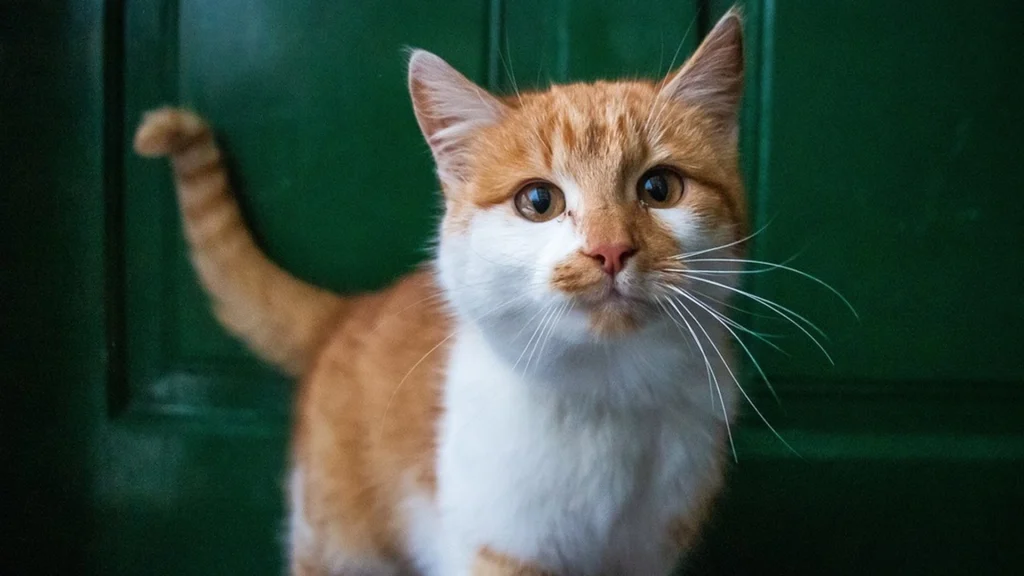For all the cat lovers out there, research has revealed a surprisingly simple way to communicate with your feline friend.
Others are reading now
Cats have a reputation for being a bit aloof, but if you feel like you and your cat don’t share a close connection, it might simply be a matter of learning to “speak” their language.
Don’t worry—research shows it’s actually quite simple. All you need to do is smile more at them—not by showing teeth like humans do, but by narrowing your eyes and blinking slowly, in true cat fashion.
Researchers observing interactions between cats and humans have confirmed that this gesture encourages cats, both familiar and unfamiliar, to approach and become more receptive to humans.
“As someone who has both studied animal behavior and is a cat owner, it’s amazing to show that cats and humans can communicate in this way,” said Karen McComb, a psychologist from the University of Sussex, according to ScienceAlert.
Also read
“If you’ve spent time around cats, you’ve probably noticed their ‘partially closed eyes’ expression, often paired with slow blinks. It’s similar to when people smile with their eyes and usually signals that the cat is relaxed and content. This expression can be seen as a kind of ‘cat smile.’”
Anecdotal evidence from cat owners suggested that mimicking this expression might signal to cats that humans are friendly and open to interaction. So, a team of psychologists conducted two experiments to test whether cats respond differently to humans who blink slowly at them.
In the first experiment, cat owners slowly blinked at 21 cats from 14 different homes. The owners sat about a meter away and blinked slowly whenever the cat looked at them. Results showed that cats were more likely to blink back after their owners blinked at them.
In the second experiment, involving 24 cats, researchers—rather than owners—blinked at the cats. The results showed that not only did the cats blink back, but they were also more likely to approach the researcher’s hand after the blink.
“This study is the first to experimentally investigate the role of slow blinking in cat-human communication,” McComb said. “And it’s something you can try yourself with your own cat at home or even with cats you meet on the street.”
Further research suggests that cats are more attuned to humans than previously thought. They respond to people who show openness toward them, so if cats seem reserved, it might be more about you than the cat.
Learning to better communicate with these enigmatic animals can also improve their emotional well-being, not only at home but also in other potentially stressful situations.


